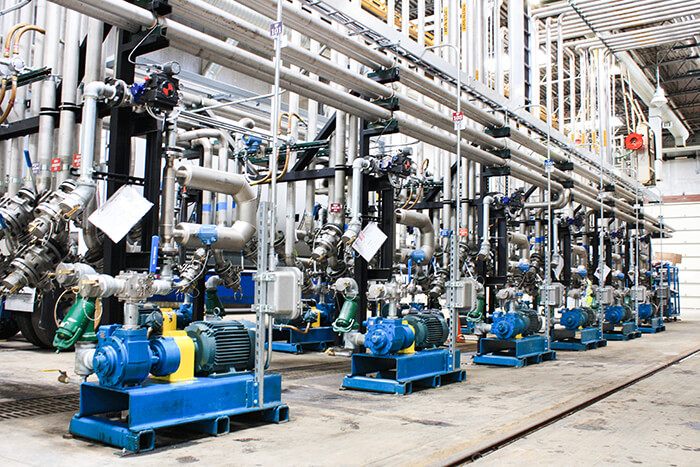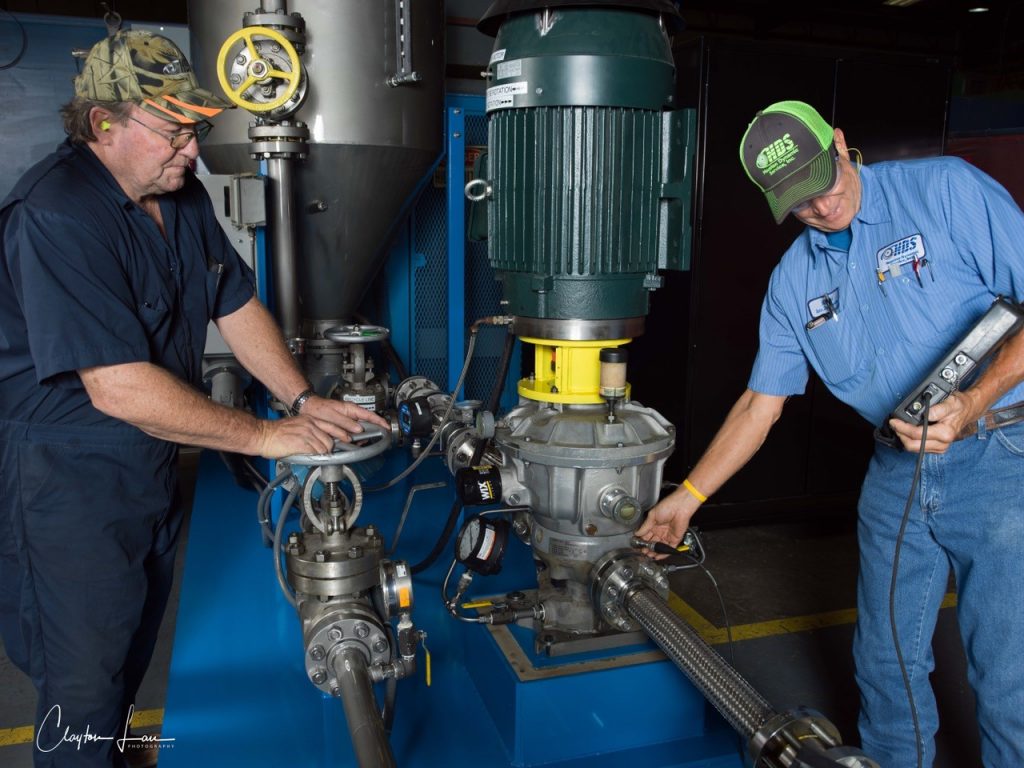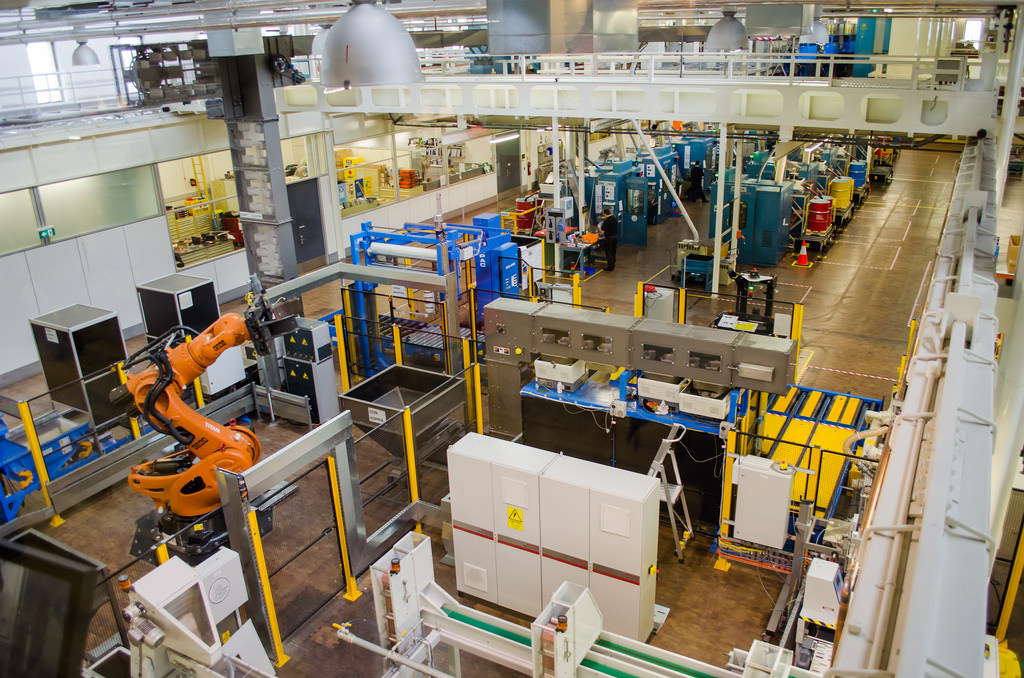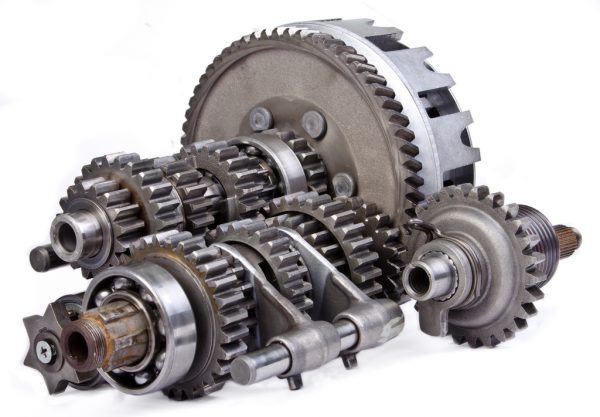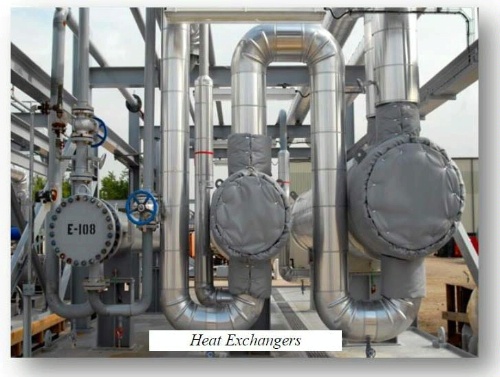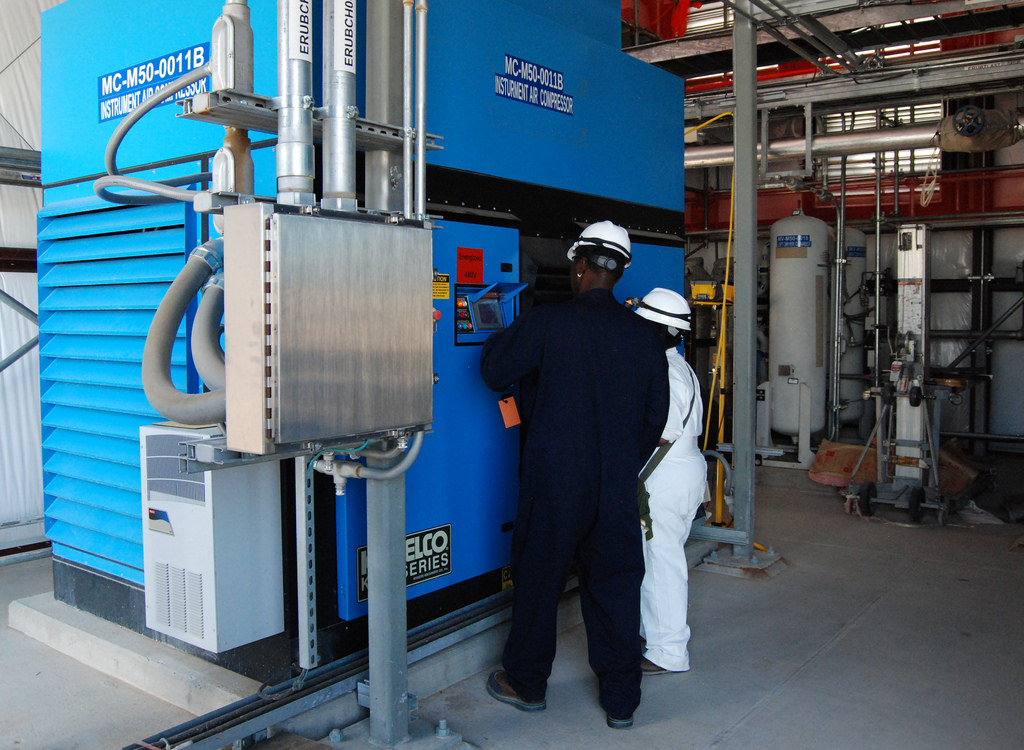Posts by Houston Dynamic
Developing an Asset Management Strategy
We’ve previously discussed the benefits of Implementing A Reliability Centered Maintenance Program and thought we would expand on that subject. Manufacturing plants, utilities and chemical process facilities are asset-intensive organizations that depend on superior management of physical assets. Some owners may confuse capital asset replacement plans with strategic asset management. Unlike replacement plans, they are…
Read MoreHow to Implement Reliability Centered Maintenance (RCM)
We’ve previously written about Proactive Versus Reactive Maintenance and decided to build on that with a practice called Reliability Centered Maintenance. We will show you the steps and benefits to implementing it in your organization. What is Reliability Centered Maintenance (RCM)? RCM is the practice of focusing on the reliability of your equipment rather than…
Read MoreHouston Dynamic Now Offers Hydraulic Testing
HDS has over 40 years of experience in all types of rotating equipment repairs, including Sundyne pumps. In fact, repairing Sundyne pumps is a large portion of their buisness. As more and more Syndyne pumps came into the shop, General Manager Luke Lau said they encountered many customers who didn’t have the technical expertise to…
Read More3 Top Strategies to Reduce Maintenance Costs
Below, we will show you how to leverage maintenance strategies to minimize the cost of running your facility. The Japanese Way The Japanese invented the concept of lean production that reexamines the way maintenance is done in a variety of operations. These practices include but are not limited to: Decrease the Request Response Time for…
Read More5 Top Ways to Reduce Equipment Maintenance Costs
You can change how you operate by adopting practices that ensure you always get the best results in maintenance, reliability, and life cycle. This is possible when you embrace a new philosophy and methodology that allows you to quickly make site improvements in your engineering, operations, and maintenance processes. Given that many plants report maintenance…
Read MoreDo I Need to Replace My Gearbox?
Gearbox Evaluation Gearbox replacements can cost a lot of time and money, especially when production grinds to a halt, unexpectedly. The problem is often multiplied because of readily available replacement options. A new gearbox can take up to several months to receive from an OEM, assuming they are still in business and making the type…
Read MorePredictive Maintenance of Rotating Equipment
From food manufacturers to chemical plants, a typical industrial plant may have dozens to hundreds of pieces of rotating equipment. These include pumps, motors, gearboxes, turbines, fans, and more. Many of these pieces of equipment are crucial to the operation of the plant, and even non-essential assets have an important purpose to serve. When one…
Read MoreMachine Alignment is Essential to Proactive Maintenance
According to the Department of Commerce, there about 12.4 million electric motors in use in industrial operations across the United States that operate at 1hp and above. Approximately 25% of these motors will fail in the coming year. Machine alignment can help those motors run more efficiently, which saves costs in energy consumption and reduces…
Read MoreCan Effective Preventive Maintenance Scheduling Reduce Downtime?
Industries often operate 24 hours per day to maximize production, which causes them to push machines to their limits. The rate of machine part failure is also increasing as a result. Demand has increased for preventive maintenance (PM), but it requires complex coordination with production, maintenance, and management departments. Below we will discuss the separation…
Read MoreProactive Versus Reactive Maintenance
Many organizations are realizing the benefits of embracing a proactive maintenance approach. Others still rely heavily on a reactive maintenance strategy, or wait for problems to arise before dealing with them. This ultimately leads to reduced asset insight, improper planning, time delays, unexpected costs, and a resulting inefficient maintenance plan. It is important to find…
Read More
